Have you ever gazed into your cat’s mysterious eyes and wondered, “Am I more than just a butler to you?” It’s a question that has puzzled cat lovers for generations. Unlike dogs, who wear their hearts on their furry sleeves, cats keep us guessing. Some days, they snuggle up like old friends; other days, they act as if we’re just the hired help. Are cats simply using us for food and shelter, or do they secretly crave our love? The truth might surprise you, warm your heart, or maybe even challenge what you thought you knew about your feline friend.
The Ancient Bond Between Cats and Humans

Thousands of years ago, cats made their way into human homes, not by force, but seemingly by choice. Early civilizations, especially in Egypt, revered cats for their mysterious aura and practical skills in controlling pests. But even back then, the relationship wasn’t just about convenience. Ancient art shows cats curled in laps, suggesting a bond that went deeper than just hunting mice. While it’s true that cats helped humans by keeping grain stores safe, the mutual trust and comfort were evident. Over time, this partnership evolved, with cats becoming companions as much as workers. The origins of the human-cat connection still shape how we see our feline friends today. This history sets the stage for the emotional puzzle we’re trying to solve.
Cat Independence: Myth or Reality?

Cats have a reputation for being fiercely independent. It’s a trait that’s both admired and misunderstood. While it’s true that cats can spend hours alone without complaint, independence doesn’t mean they lack emotional needs. In the wild, cats are solitary hunters, but even then, they form loose social groups when resources allow. At home, their independence is often a sign of confidence and trust in their environment. However, this doesn’t mean they don’t seek out human company when they want it. Many cat owners notice their pets following them from room to room, quietly observing or sitting nearby. So, while cats are independent, their actions suggest they still value our presence.
Emotional Intelligence in Cats

Cats are surprisingly emotionally intelligent creatures. They can read our moods, sense when we’re upset, and even adapt their behavior to suit our feelings. Recent studies show that cats recognize their owners’ voices and respond differently to familiar people versus strangers. This emotional awareness often goes unnoticed because cats express their feelings subtly. A gentle purr, a slow blink, or a quiet meow can speak volumes. Some cats will sit close when you’re sad, offering silent support. Their emotional intelligence may not look like a dog’s wagging tail, but it’s there in its own quiet way.
Attachment Styles: Do Cats Form Bonds?

Not all cats are aloof. In fact, many form deep emotional bonds with their owners, much like children do with their parents. Researchers have observed “secure attachment” in cats, where they seek comfort and reassurance from their humans. When separated, these cats may show signs of distress, and when reunited, they greet their owners warmly. This attachment style suggests that cats see us as more than just food providers. They rely on us for safety, comfort, and emotional support, even if they show it differently than dogs or humans do.
The Role of Practical Needs

Of course, practical needs play a huge role in the human-cat relationship. Cats depend on us for food, water, shelter, and medical care. These basics are crucial to their well-being, and there’s no denying that many cats show affection when mealtime approaches. It’s easy to assume their love is food-driven, especially when they wake us up at dawn for breakfast. Yet, practical needs alone can’t explain the bonds that form. If it were just about survival, cats would show the same affection to anyone with a can opener. But many cats develop preferences for particular people, hinting at deeper connections.
Seeking Comfort and Security

When cats feel threatened or anxious, they often seek out their owners for safety. This is especially true during thunderstorms, fireworks, or when strangers visit. Curling up beside you, hiding under your bed, or following you around the house are all signs your cat trusts you to protect them. This instinct to seek comfort is not purely practical—it’s rooted in emotional security. Cats remember who treats them kindly, and they gravitate toward those who make them feel safe. In these moments, their need for us goes far beyond food or shelter.
Communication: More Than Just Meows

Cats have developed a rich set of ways to communicate with humans. From purring and chirping to head-butting and kneading, these behaviors go beyond simple requests for food. For example, slow blinking is often called a “cat kiss,” a sign of trust and affection. Tail language, ear position, and even the way a cat curls up next to you can all signal emotional closeness. Some experts believe that cats have refined these behaviors specifically to interact with people. This suggests a level of emotional engagement that’s more complex than mere practicality.
Do Cats Miss Us When We’re Gone?
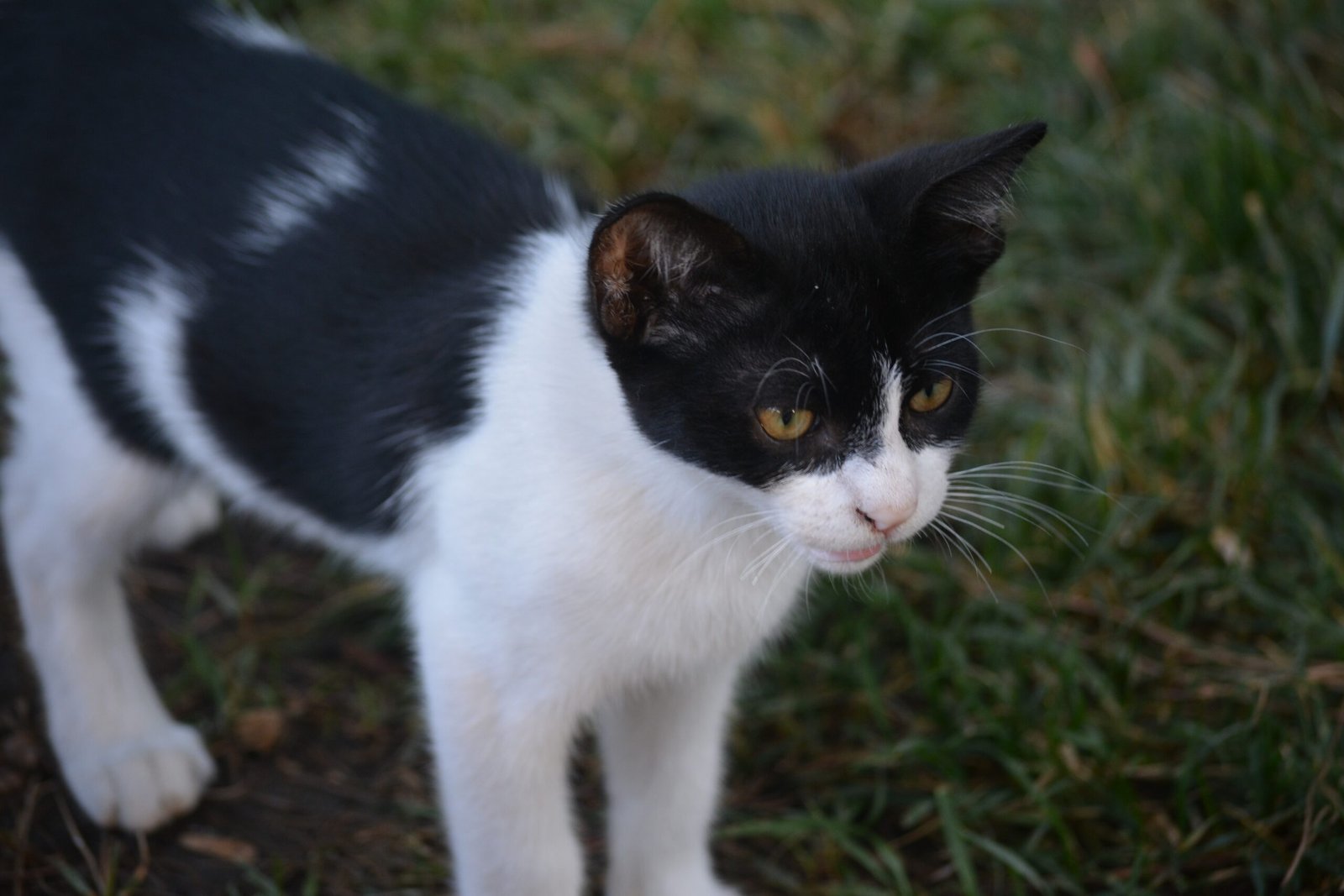
Many cat owners are surprised to learn that their pets can experience separation anxiety. While some cats seem to enjoy solitude, others become stressed or depressed when their favorite person leaves for extended periods. Changes in eating, grooming, or play habits can all indicate your cat misses you. Some cats even wait by the door or seek out items with your scent. These behaviors point to a real emotional connection, showing that absence truly can make the heart grow fonder—even for a cat.
Affection on Their Terms

Unlike dogs, cats often decide when and how they show affection. This can be frustrating for some owners who crave constant cuddles. But this independence doesn’t mean they don’t care. Instead, cats express love on their terms, which can make those moments feel even more special. A cat that chooses to nap on your lap or gently nuzzles your hand is displaying trust and affection. These gestures, though subtle, often carry more meaning than eager, all-the-time attention.
Understanding Feline Body Language
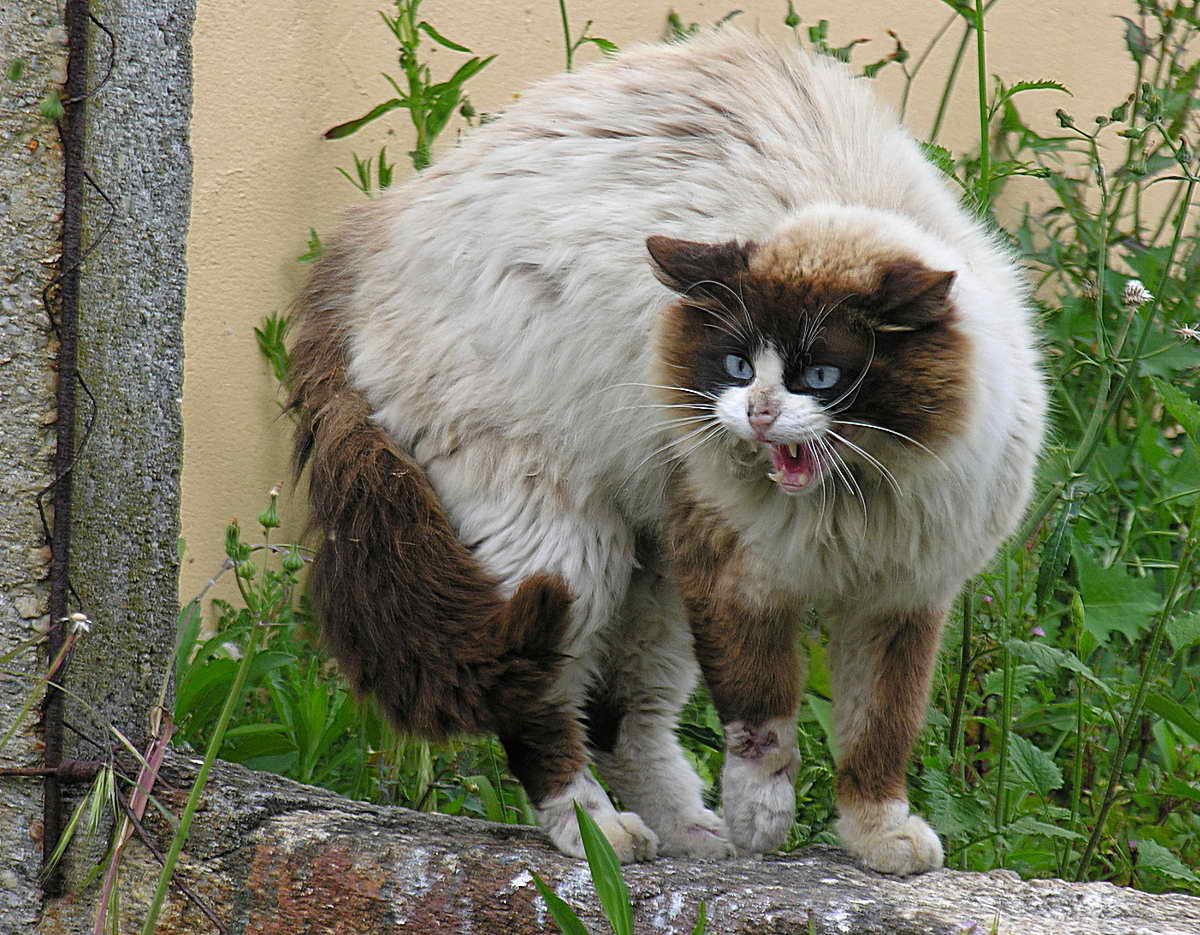
Learning to read your cat’s body language can reveal a lot about their feelings. A relaxed posture, exposed belly, or softly flicking tail are signs your cat feels safe and content. Conversely, flattened ears, a puffed-up tail, or hiding can signal stress or fear. By paying attention to these cues, you can better understand what your cat needs emotionally and practically. This mutual understanding helps strengthen your bond, making life together more harmonious.
Do Cats Show Empathy?

There is growing evidence that cats can sense and respond to human emotions. Some cats comfort their owners when they’re sad or ill, sitting quietly beside them or purring softly. It’s as if they’re offering silent support in times of need. While cats may not show empathy in the same way as humans or dogs, their actions suggest a deep, if understated, understanding of our feelings. These moments of comfort reveal the softer side of our feline friends.
The Impact of Routine on Cat Behavior
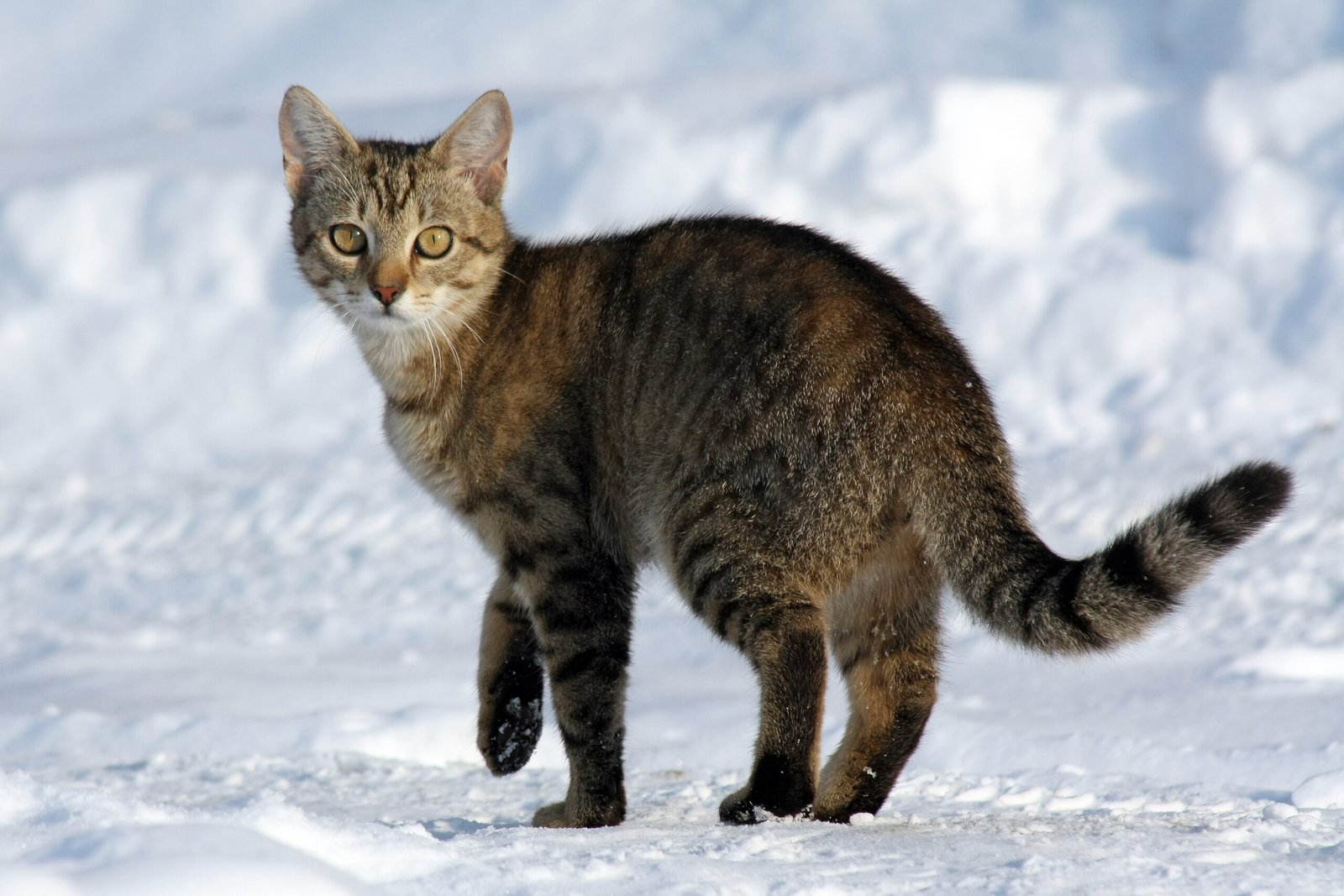
Cats thrive on routine, and disruptions can make them anxious or clingy. Regular feeding times, play sessions, and even your arrival home all become important parts of their day. When routines are broken, some cats may become withdrawn or act out. This reliance on predictability is both practical and emotional. Routines help cats feel secure, but they also create opportunities for bonding and affection. Your presence and consistency matter more than you might think.
Playtime: More Than Just Fun
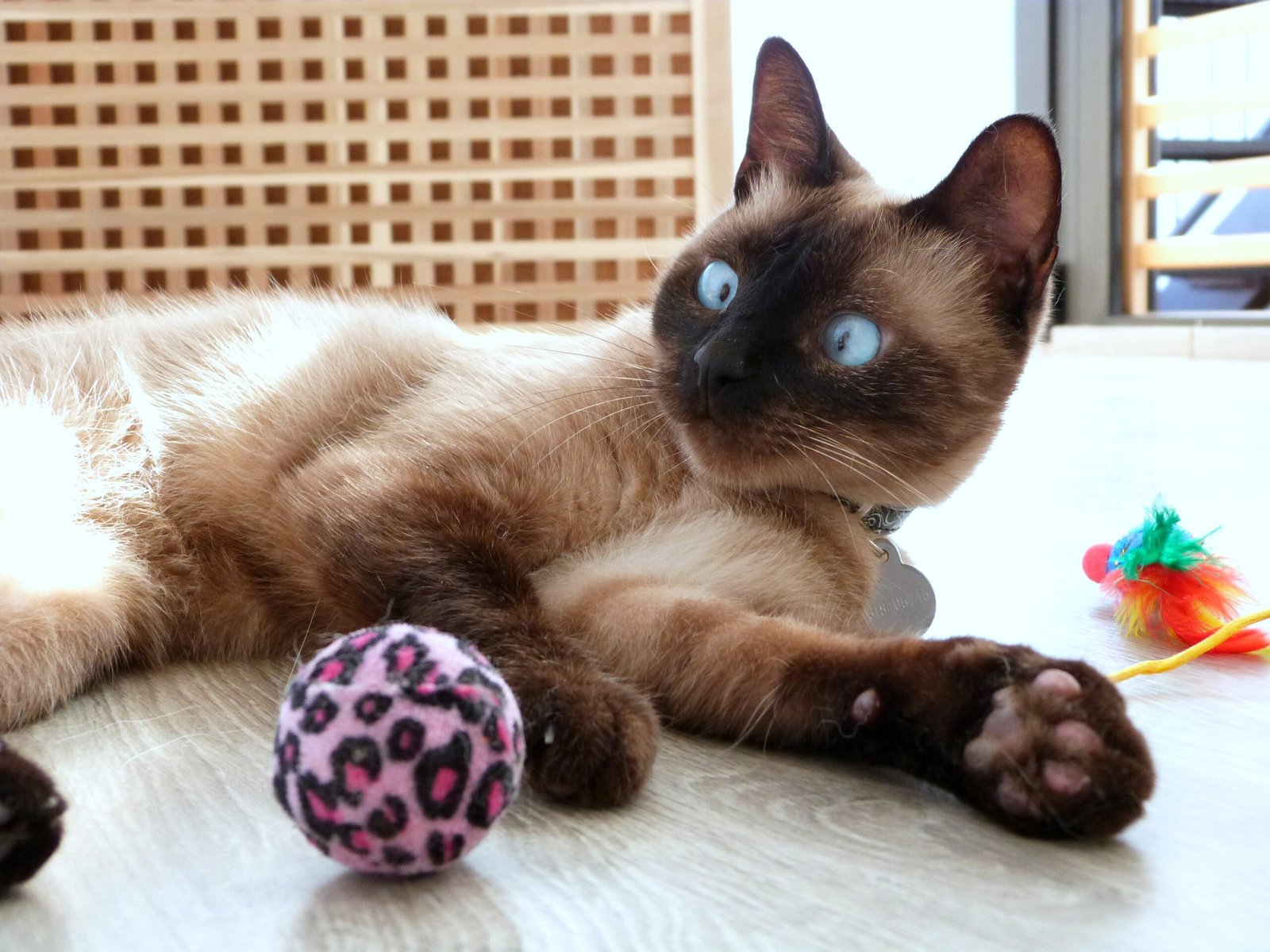
Playing with your cat isn’t just about burning energy—it’s a crucial part of building emotional connections. Through interactive play, cats learn to trust and enjoy your company. Toys, games, and even a simple feather on a string can create moments of joy and closeness. These shared experiences help strengthen your relationship, showing your cat that you’re more than just a food dispenser. Playtime is an emotional investment in your cat’s happiness and well-being.
How Cats Choose Their Favorite Person

It’s a familiar story: one person in the household becomes “the chosen one.” Cats often develop strong preferences for a particular person, following them around and seeking their attention. This choice isn’t just about who feeds them—it’s about trust, comfort, and emotional connection. Cats are drawn to people who respect their boundaries, understand their cues, and offer gentle affection. If you’re your cat’s favorite, it’s a testament to the unique bond you share.
Healing Power: Cats as Emotional Support Animals
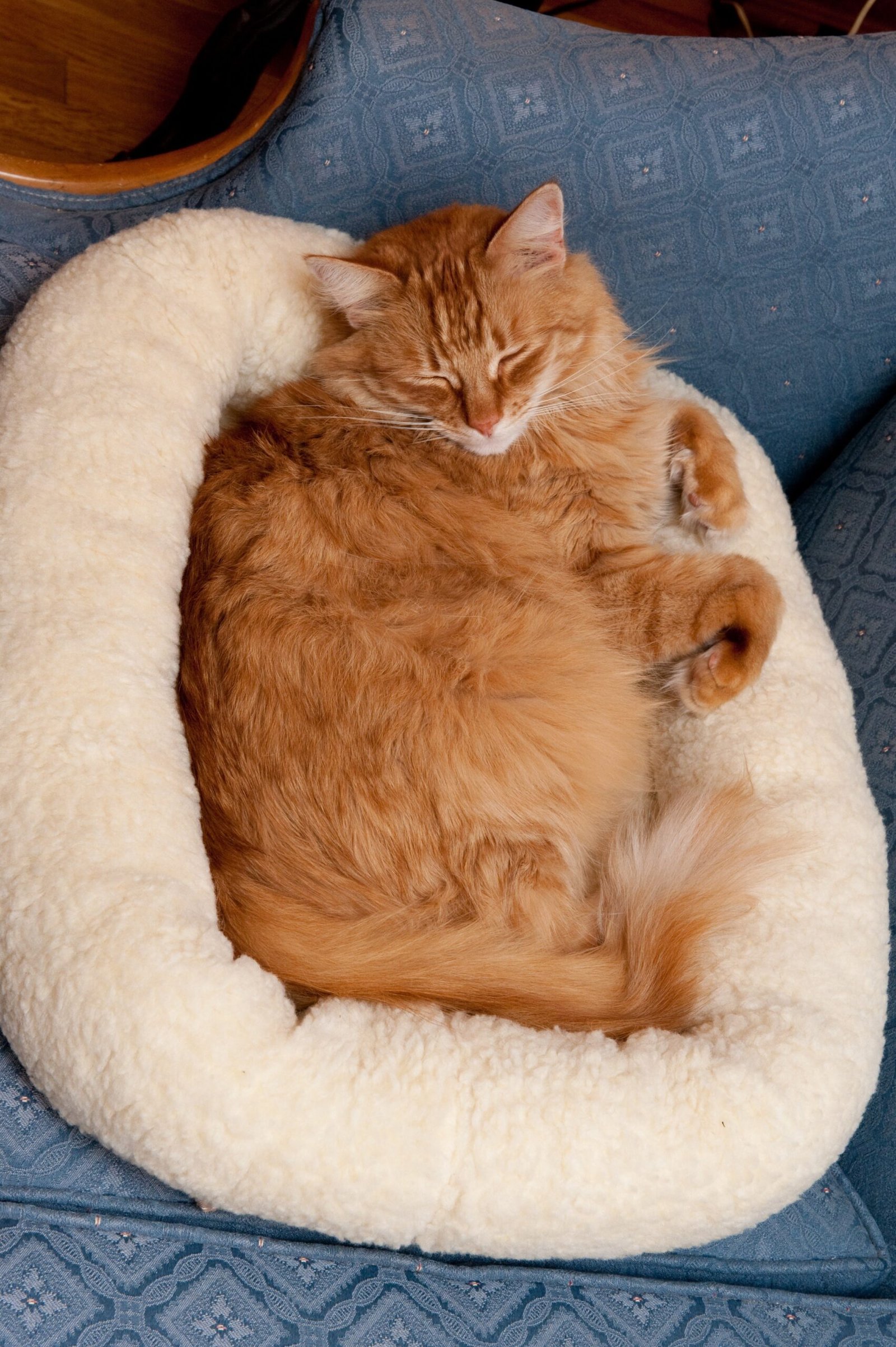
Cats have been increasingly recognized as emotional support animals. Their calming presence, soothing purrs, and gentle companionship can help ease anxiety, depression, and loneliness. Many people find comfort in simply sitting with their cat, stroking their fur, or listening to their rhythmic breathing. The emotional support cats provide is real and powerful, even if it’s delivered in quiet, understated ways. Their ability to heal hearts is something cat lovers cherish deeply.
Stress and Negative Emotions in Cats

Cats are sensitive to changes in their environment and the emotions of their owners. Stressful events like moving, loud noises, or arguments can affect their behavior. Some cats become withdrawn, stop eating, or over-groom when anxious. Recognizing these signs is important for both practical and emotional reasons. By offering reassurance and stability, you can help your cat feel safe and loved, demonstrating the emotional depth of your relationship.
Do Cats Forgive and Remember?
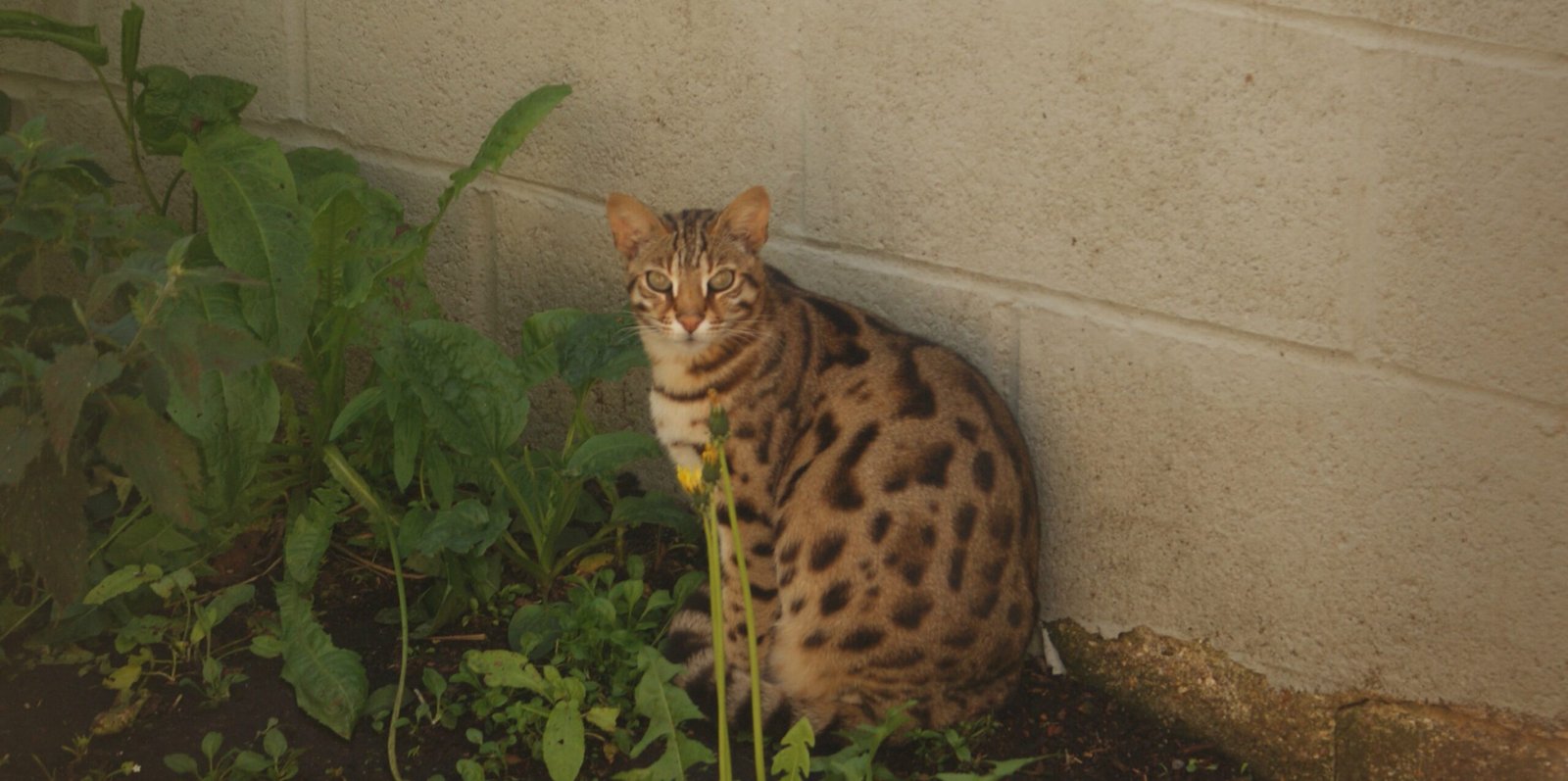
Cats have long memories, especially when it comes to emotional experiences. They remember kindness and gentle treatment, but they also recall fear and pain. If a cat is mistreated, it may take a long time to rebuild trust. On the other hand, consistent affection and care create lasting positive associations. This emotional memory shapes how cats relate to us over time, reinforcing the importance of treating them with patience and respect.
Signs Your Cat Loves You

There are many ways cats show love, even if they’re not always obvious. Head-butting, purring, kneading, following you around, and bringing you “gifts” are all expressions of affection. Some cats even groom their owners, a behavior rooted in social bonding. These gestures may be subtle, but they speak volumes about your cat’s feelings. Recognizing and appreciating these signs can deepen your connection and make your bond even stronger.
Can Cats Live Without Humans?
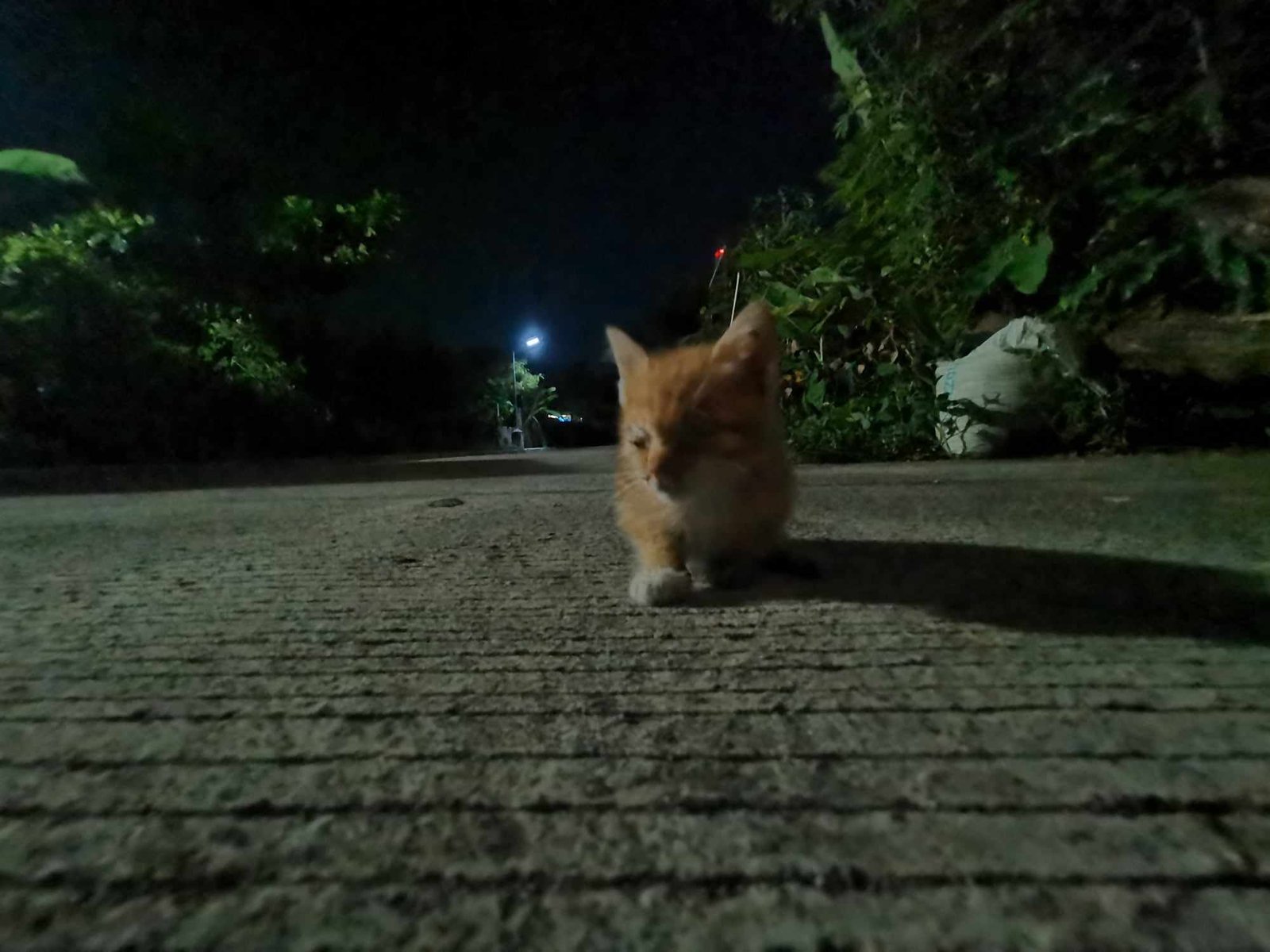
While cats are capable of surviving on their own, especially feral ones, domesticated cats often struggle without human care. They rely on us for food, safety, and medical attention, but also for companionship. Many cats become lonely or depressed when left alone for long periods. The practical needs are clear, but the emotional impact of human absence is just as significant. Domestic cats have adapted to life with people, and many would be lost without us.
The Balance Between Emotional and Practical Needs

The truth about cats is that their needs are both emotional and practical. They depend on us for the basics, but their attachment, trust, and affection reveal a much deeper connection. Every head-butt, purr, and gentle nudge is proof that, while cats may come across as independent, our relationship goes far beyond convenience. Understanding this balance can help us become better companions to our feline friends, honoring the unique bond we share.
Hi, I’m Bola, a passionate writer and creative strategist with a knack for crafting compelling content that educates, inspires, and connects. Over the years, I’ve honed my skills across various writing fields, including content creation, copywriting, online course development, and video scriptwriting.
When I’m not at my desk, you’ll find me exploring new ideas, reading books, or brainstorming creative ways to solve challenges. I believe that words have the power to transform, and I’m here to help you leverage that power for success.
Thanks for stopping by, Keep coming to this website to checkout new articles form me. You’d always love it!






